
Sascha Pare
Sascha is a U.K.-based staff writer at Live Science. She holds a bachelor’s degree in biology from the University of Southampton in England and a master’s degree in science communication from Imperial College London. Her work has appeared in The Guardian and the health website Zoe. Besides writing, she enjoys playing tennis, bread-making and browsing second-hand shops for hidden gems.
Latest articles by Sascha Pare
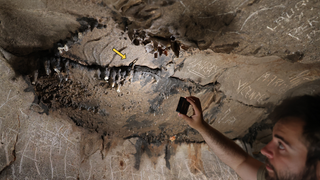
1,900-year-old Roman sanctuary and coin found in flooded Spanish cave
By Sascha Pare published
Archaeologists discovered ancient Roman inscriptions and a 1,900-year-old coin wedged between rock formations while exploring a cave called the Cova de les Dones in eastern Spain.
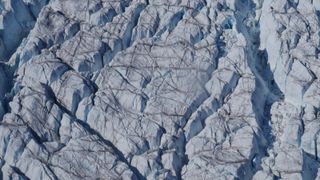
Greenland's ice sheet — the second biggest in the world — is cracking open at alarming speed, scientists discover
By Sascha Pare published
New 3D maps of the Greenland Ice Sheet show how huge cracks in the ice that accelerate melting expanded between 2016 and 2021.
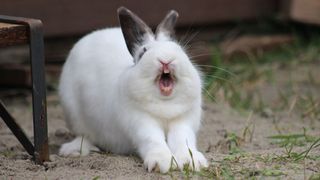
Rabbits may have a surprising source of calcium — eating their own teeth
By Sascha Pare published
Rabbits' teeth grow continuously, and bunnies wear them down by munching fiber-rich foods. Scientists suggest rabbits recycle a fine powder resulting from this constant grinding to fuel tooth growth.
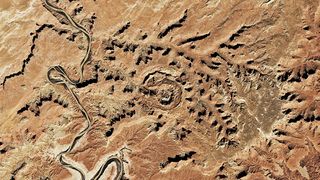
Upheaval Dome: Utah's 'belly button' that has divided scientists since its discovery
By Sascha Pare published
Upheaval Dome is a giant rock formation in southeastern Utah with two potential origin stories, although most scientists think it was created by an ancient meteor strike.
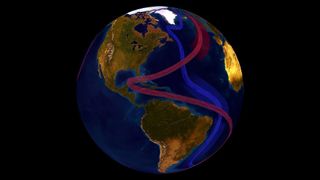
Are Atlantic Ocean currents weakening? A new study finds no, but other experts aren't so sure.
By Sascha Pare published
A new study suggests the Atlantic Meridional Overturning Circulation has not weakened since the 1960s — but there's no doubt the circulation will slow in the future, experts say.
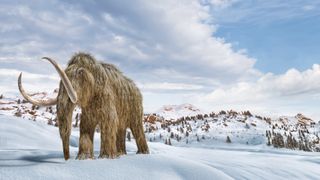
Last ice age quiz: How much do you know about Earth's frosty past?
By Sascha Pare published
Quiz How did woolly mammoths survive the last ice age? And how thick was the ice over New York City? Test your knowledge by taking our quiz.
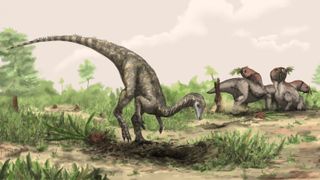
Secrets of 1st dinosaurs lie in the Sahara and Amazon rainforest, study suggests
By Sascha Pare published
The first dinosaurs may have evolved near the equator, and not in the southwest of the supercontinent Gondwana, as researchers previously assumed due to an abundance of fossils in places like Argentina and Zimbabwe.
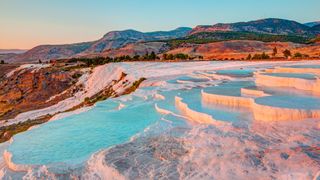
Pamukkale: Turkey's 'cotton castle' of white limestone that inspired an ancient cult
By Sascha Pare published
The Pamukkale travertines are limestone slopes and thermal water pools that have attracted visitors since before the days of Ancient Greece, when the spa town of Hierapolis was founded at the top.
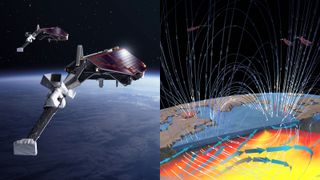
Magnetic signals from Earth's tides revealed in unprecedented detail
By Sascha Pare published
Scientists have captured faint magnetic signatures resulting from the tidal movement of seawater across the planet — and they might have to wait until 2030 to get another shot at it.

Our outer ears may have come from ancient fish gills, scientists discover
By Sascha Pare published
Scientists have traced the evolutionary origin of humans' outer ears to the gills of ancient fish through a series of gene-editing experiments.
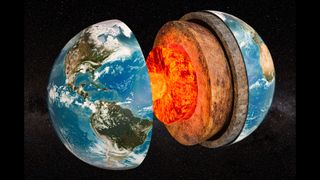
What's inside Earth quiz: Test your knowledge of our planet's hidden layers
By Sascha Pare published
Quiz How's your knowledge of Earth's geology? Flat, round or global?
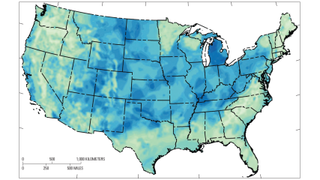
Giant reserves of 'gold' hydrogen may be lurking beneath at least 30 US states, 1st-of-its-kind map reveals
By Sascha Pare published
USGS researchers have unveiled the first map of prospective locations for hydrogen gas in the contiguous United States — and there's a lot more than they previously thought.
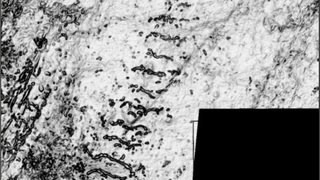
Giant ice age landforms discovered deep beneath North Sea revealed in amazing detail
By Sascha Pare published
New images from the North Sea show never-before-seen landforms that were carved by a single, colossal ice sheet 1 million years ago and subsequently buried beneath a thick layer of mud.
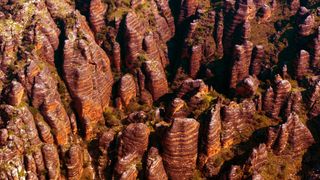
The Bungle Bungles: Towering domes in the Australian outback that contain traces of the earliest life-forms on Earth
By Sascha Pare published
The Bungle Bungle Range in Western Australia is a collection of rock domes forged from ancient seabeds and flanked to the northeast by a prehistoric meteor impact crater.
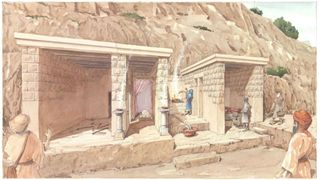
2,800-year-old structure unearthed in Israel was likely used for cultic practices and sacrifice, archaeologists say
By Sascha Pare published
Archaeologists have unearthed a unique stone structure in East Jerusalem, providing evidence of cultic activity and possibly animal sacrifice in the Kingdom of Judah during the First Temple period.
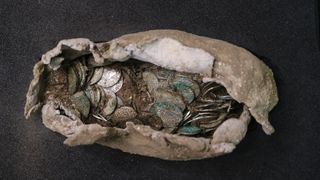
'I was shaking when I first unearthed it': 11th-century silver coin hoard unearthed in England
By Sascha Pare published
Archaeologists have discovered 321 silver coins still wrapped in a cloth and lead pouch from a time in English history marked by upheaval due to the coronation of a new Anglo-Saxon king.
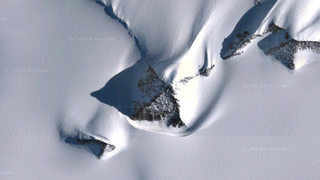
Antarctica 'pyramid': The strangely symmetrical mountain that sparked a major alien conspiracy theory
By Sascha Pare published
Antarctica is home to a peak shaped like a perfect pyramid — but contrary to what conspiracy theorists say, the mountain's four symmetrical faces were forged through natural processes.
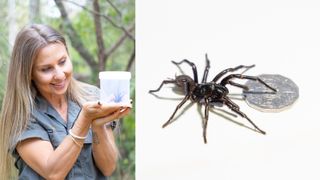
Giant funnel-web spider with fangs so big it could bite through a human fingernail arrives at Australian zoo
By Sascha Pare published
Hemsworth, a colossal funnel-web spider recently donated to the Australian Reptile Park, could make significant contributions to the park's life-saving venom-milking program, keepers say.
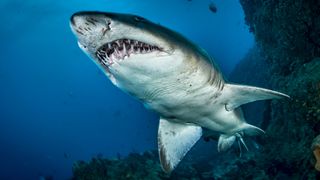
Scientists examine bloody mating wounds to reveal details of sharks' secret sex lives
By Sascha Pare published
Shark sex is a bitey business, with males grasping females with their teeth during the act. The resulting wounds are helping scientists to figure out when and where sharks are doing the deed.
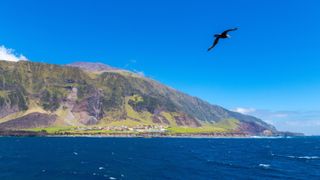
Tristan da Cunha: The most remote inhabited island on Earth, forged from a supercontinent breakup
By Sascha Pare published
Tristan da Cunha is a group of islands in the South Atlantic that formed from the breakup of the supercontinent Gondwana. Today, it's home to a tiny and extremely isolated farming community.
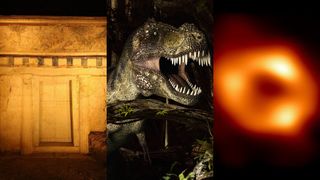
The 8 most controversial science stories of 2024
By Sascha Pare published
From a piece of cloth that may have belonged to Alexander the Great to an image of our galaxy's central black hole, here's our pick of controversial science stories in 2024.
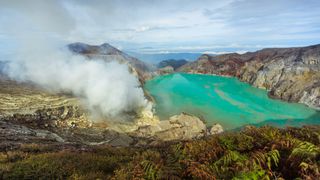
Kawah Ijen: The volcano in Indonesia that holds the world's largest acidic lake at its heart
By Sascha Pare published
Kawah Ijen is an active volcano on the island of Java with an extremely acidic crater lake and gas emissions that produce blue flames upon contact with oxygen in Earth's atmosphere.
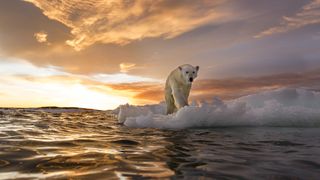
The most important and shocking climate stories of 2024
By Sascha Pare published
Soaring carbon emissions, an unexpected new source of global warming, and collapsing ocean currents shocked scientists in 2024. Here are our picks for this year's top climate change stories.
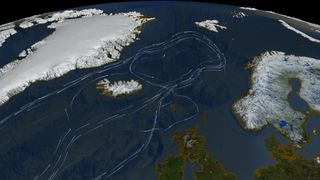
Denmark Strait cataract: The world's largest waterfall, hidden underwater and unlike any other on land
By Sascha Pare published
The Denmark Strait cataract is a sloping portion of the seafloor between Iceland and Greenland that funnels cold water from the Nordic Seas into the Irminger Sea, fueling Atlantic Ocean currents.

Scientists say sprinkling diamond dust into the sky could offset almost all of climate change so far — but it'll cost $175 trillion
By Sascha Pare published
The geoengineering scheme, known as stratospheric aerosol injection, would not be cheap, but scientists say it could buy us some time until we reach net-zero carbon.
Get the world’s most fascinating discoveries delivered straight to your inbox.
